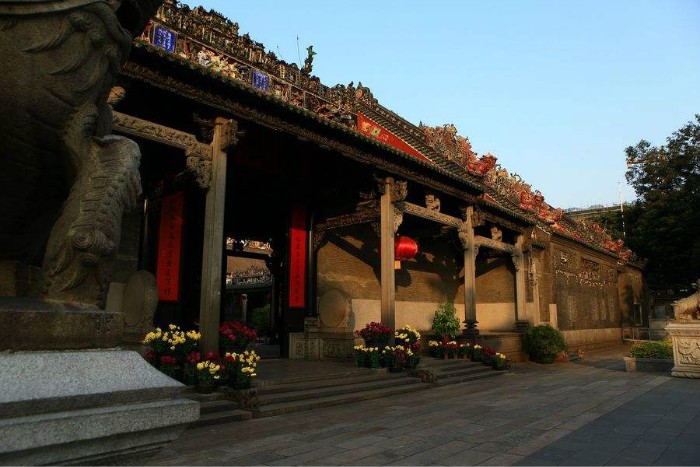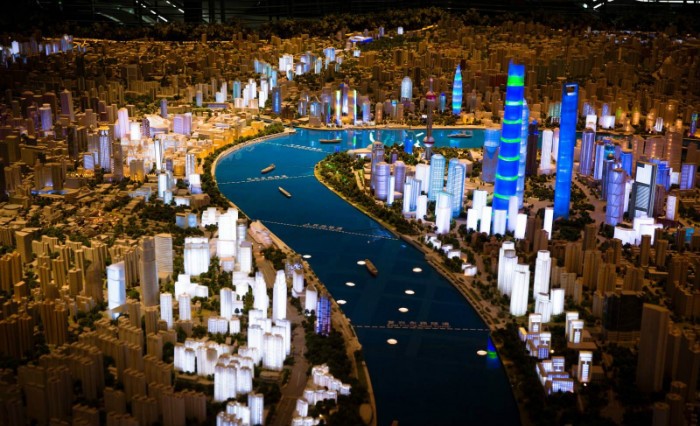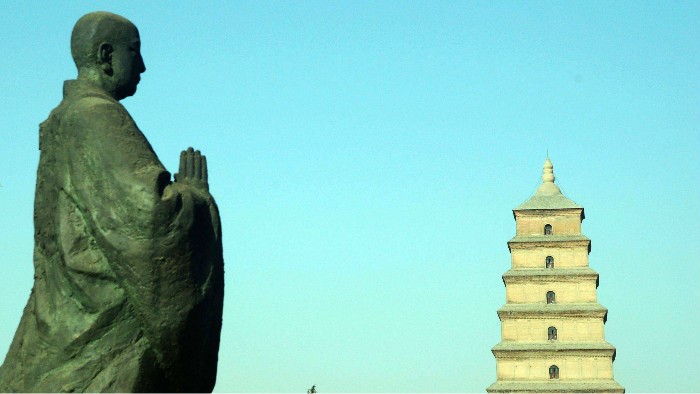The Chen ancestral hall, also known as the Chen clan academy or the Chen clan ancestral hall, is a place in Guangzhou where people worship their ancestors and learn from them. It is now the Guangzhou folk art museum, displaying the most distinctive buildings in Guangzhou. The Chen ancestral hall in liwan district, guangzhou, the ancestral hall of ancestors in foshan, the former residence of sun yat-sen in zhongshan city and the opium war memorial hall in dongguan city have been listed as four cultural tourist attractions in Guangzhou province.
At the end of the qing dynasty (1644-1911), a man named Chen won the third place in the imperial examination and was given a prominent official position, which made the Chen family known to all. It was later suggested that all Chen’s families raise funds to build a temple to worship their ancestors and encourage their descendants to study hard as well. So in 1894, the Chen family built the temple with donations from 72 counties in Guangzhou province and some overseas members of the Chen family.

The ancestral temple is a complex of nine halls, six quadrangles and nineteen corridors. A pair of stone drums in front of the gate, 2.55 meters (about 8.36 feet) high, and two four-meter (about 13 feet) high painted door gods are said to be the best in Guangzhou.
The Chen academy was built in a symmetrical manner in accordance with the Chinese tradition. The main hall, juxian hall, is located in the center of the temple. Before the temple was built, juxian hall was once a gathering place for clansmen. Now it is used as an ancestral hall. In front of the hall is a stone pavilion surrounded by a stone railing. There is a beautifully carved screen in the hall, which is a model of wood carving.

